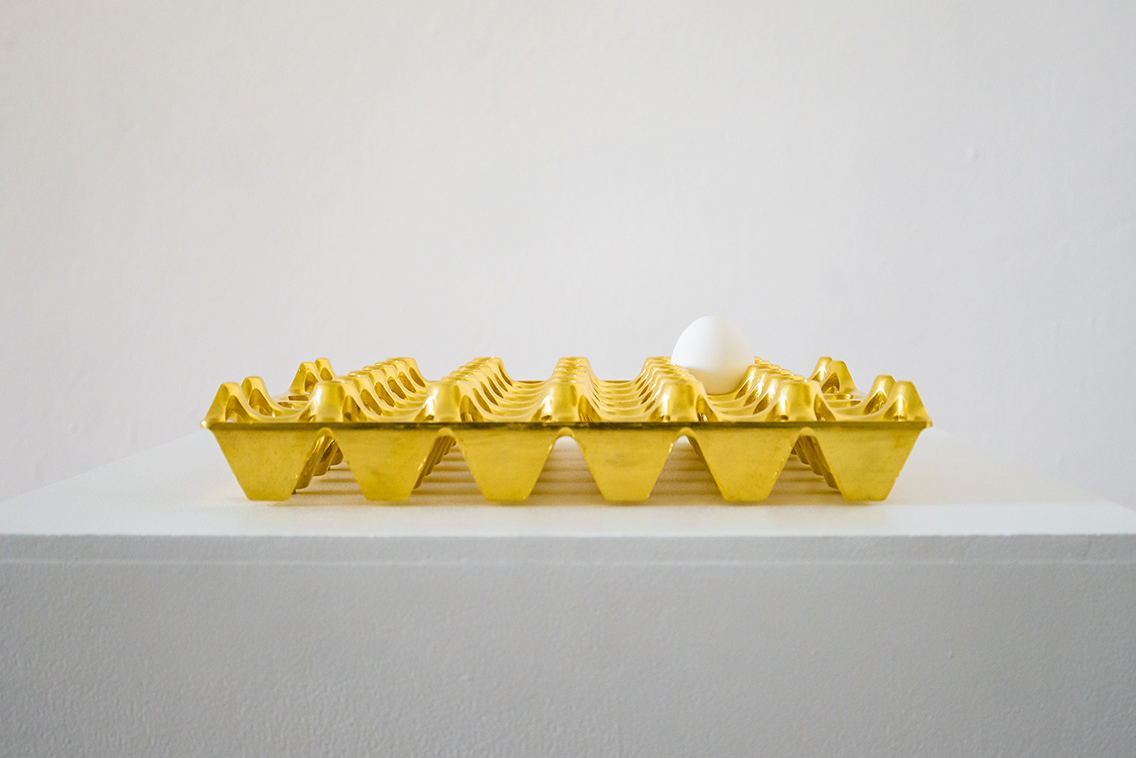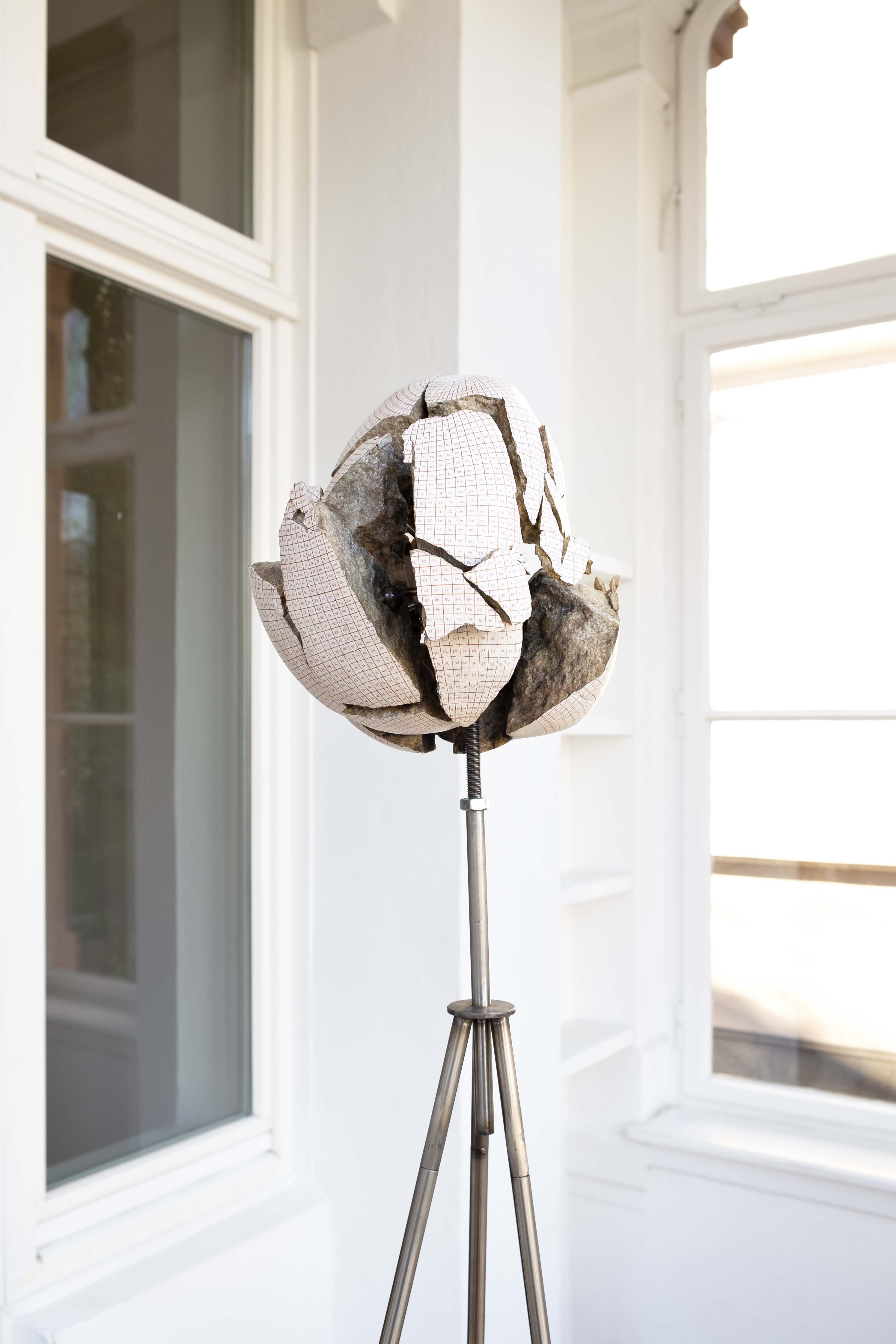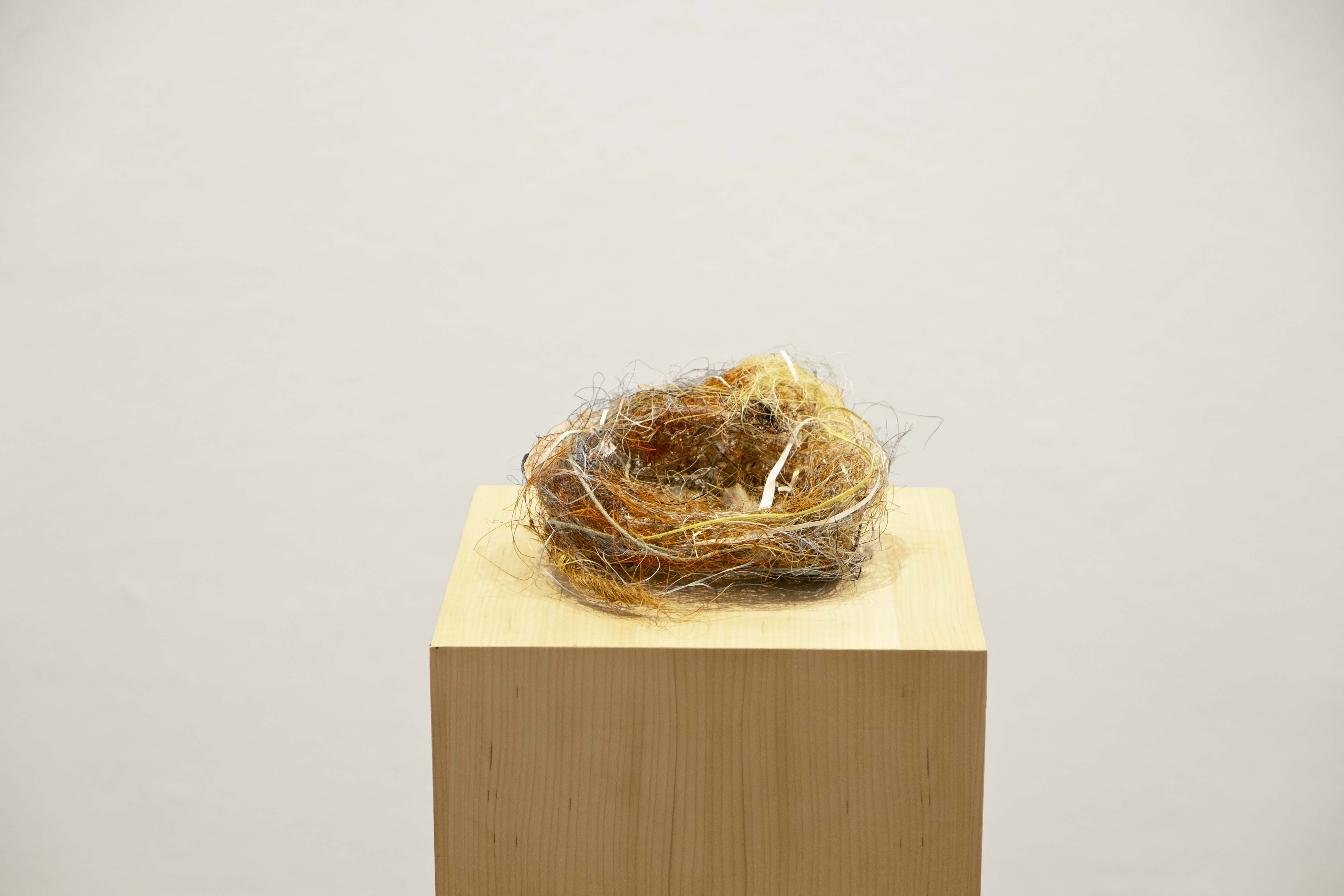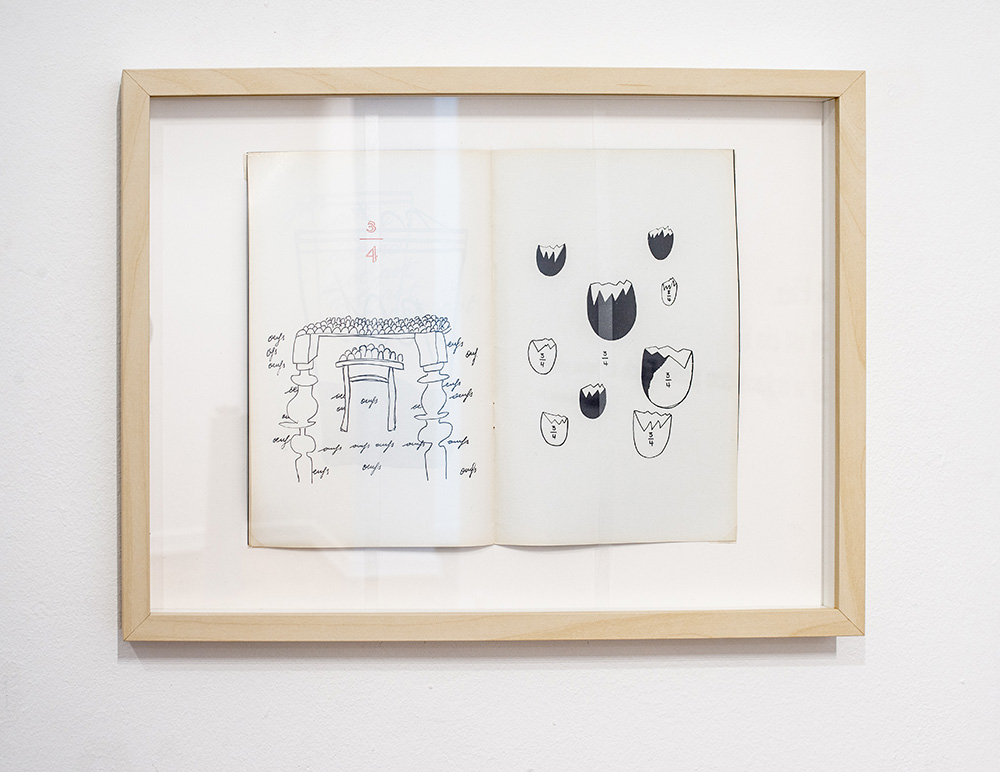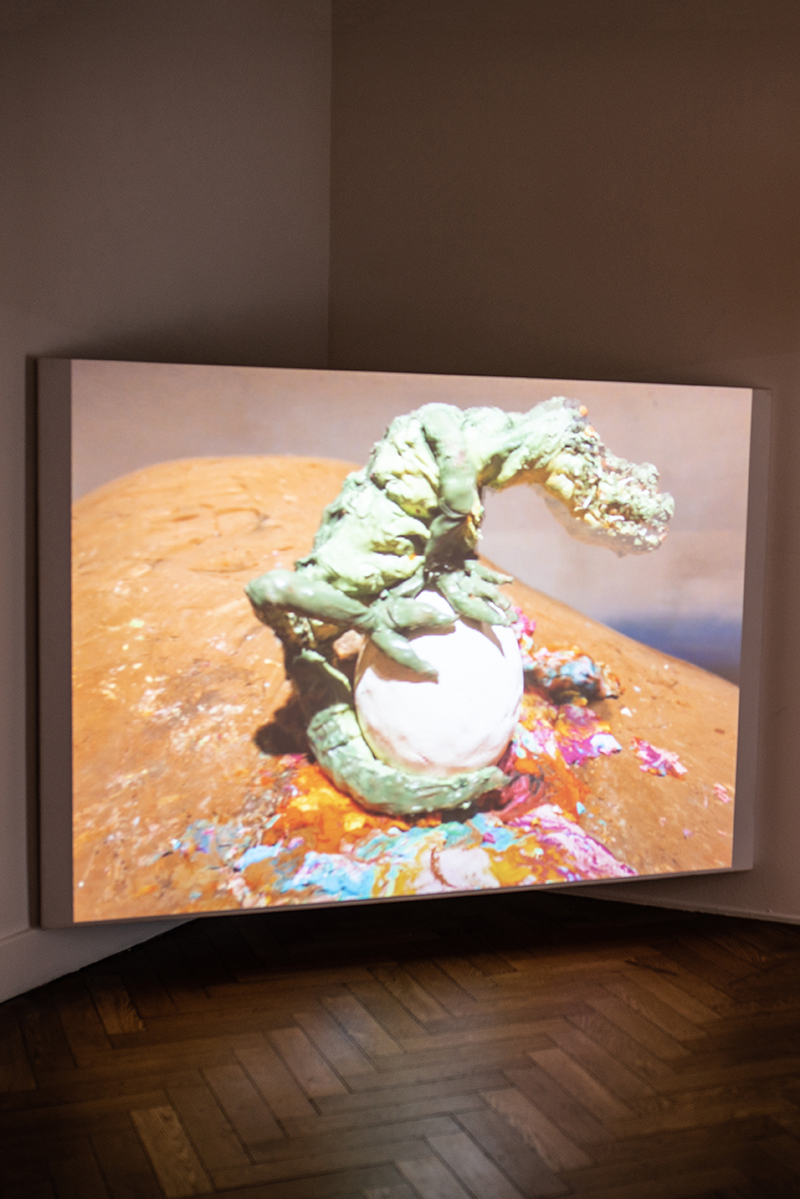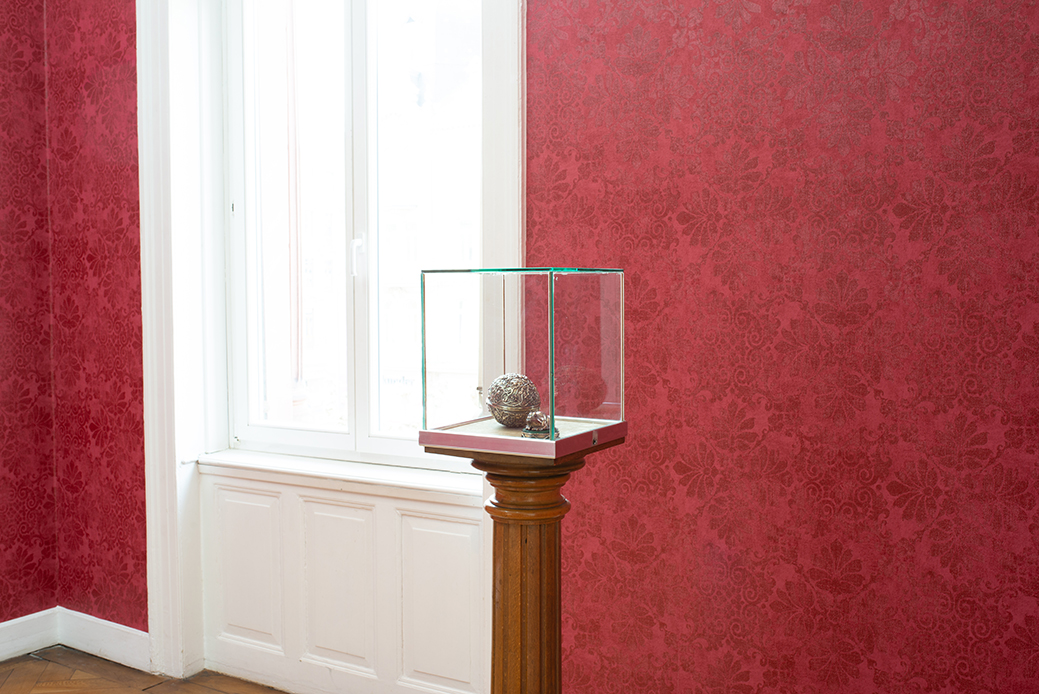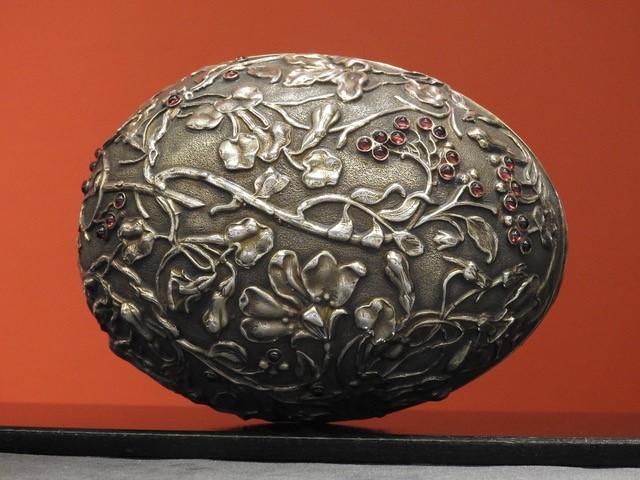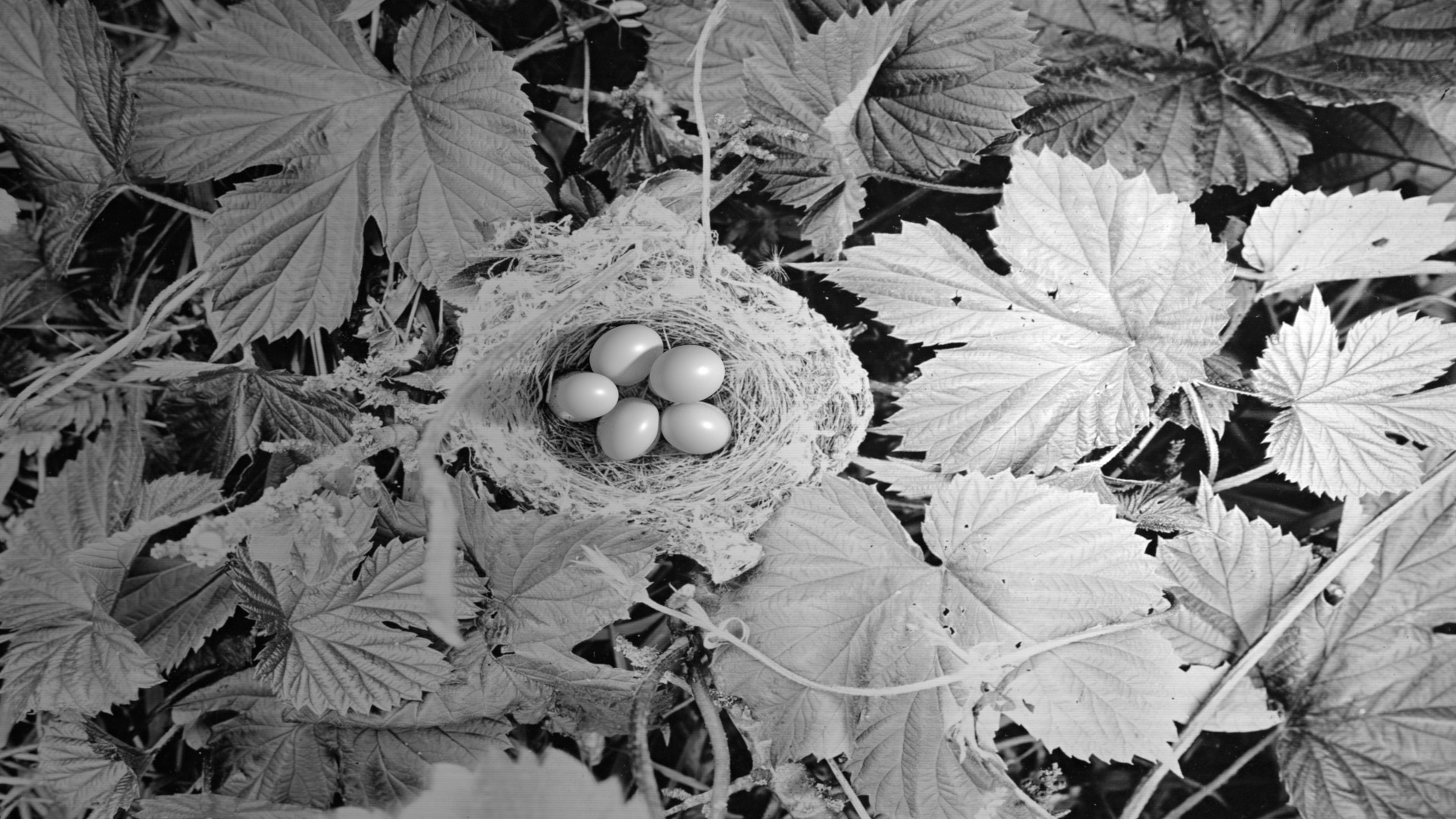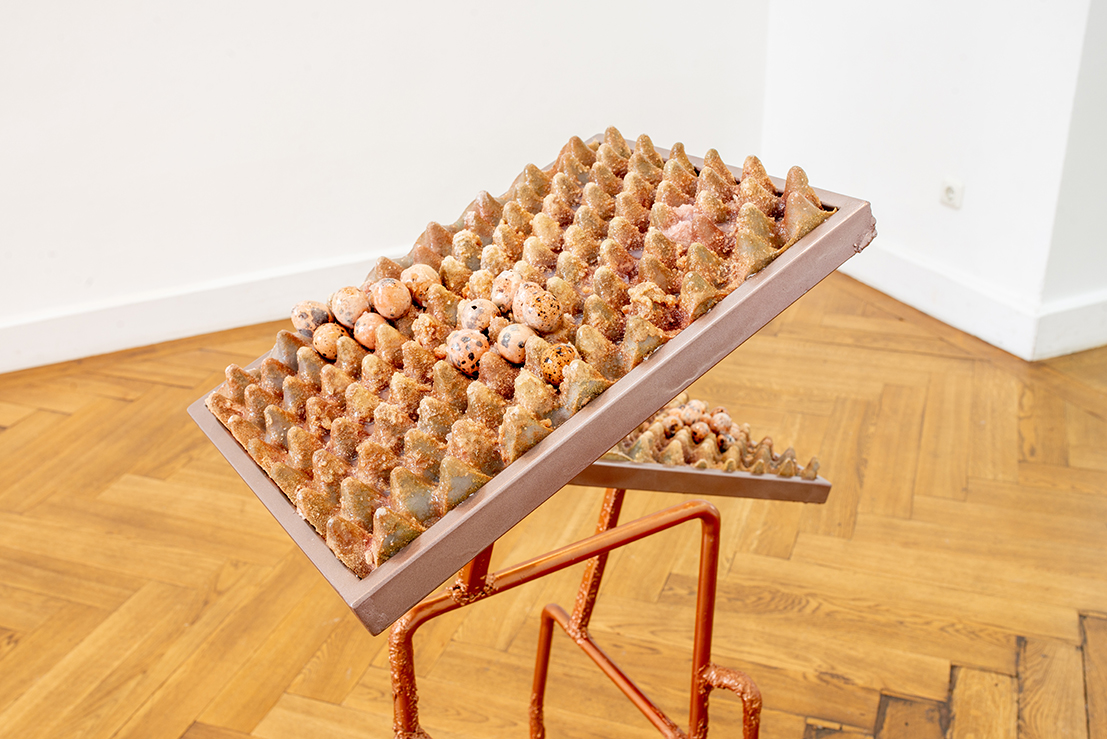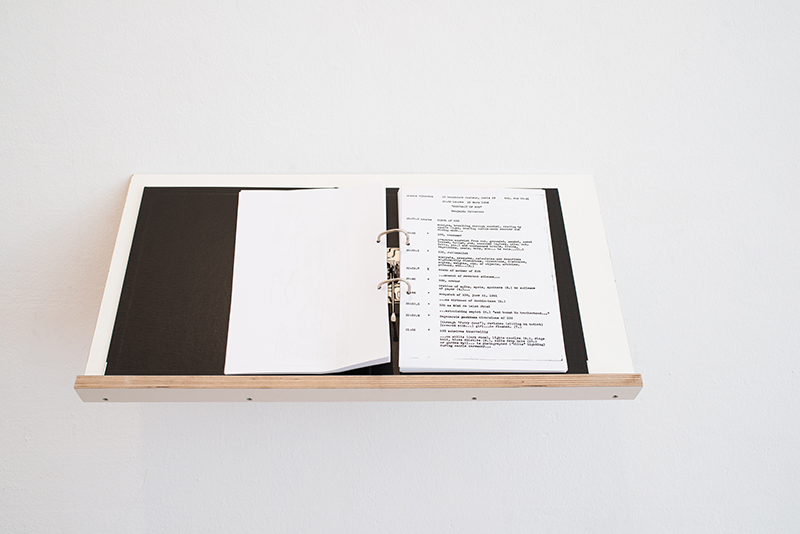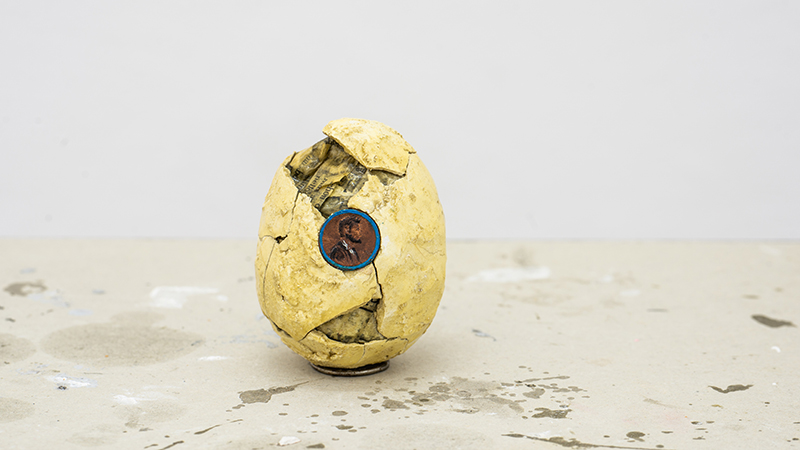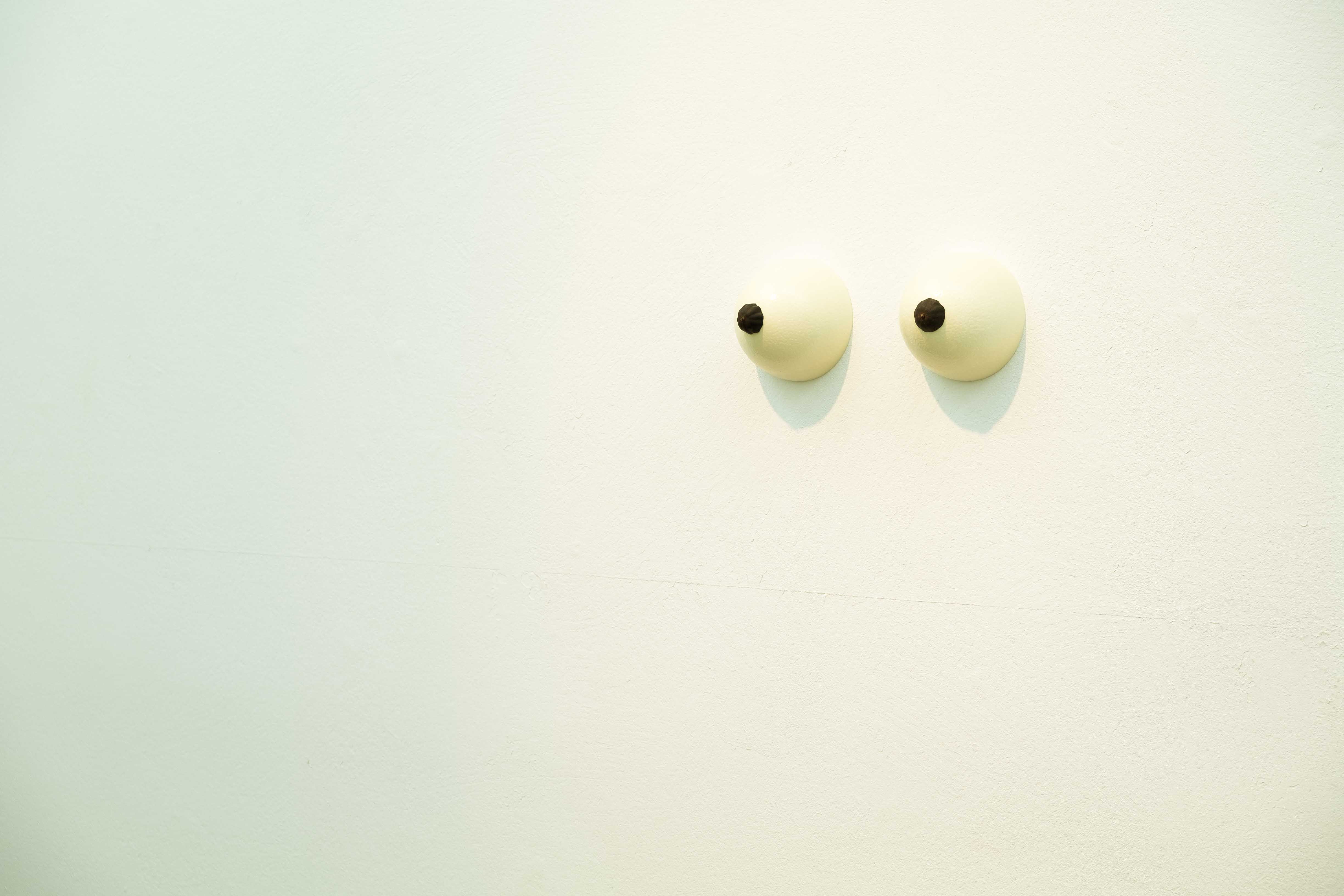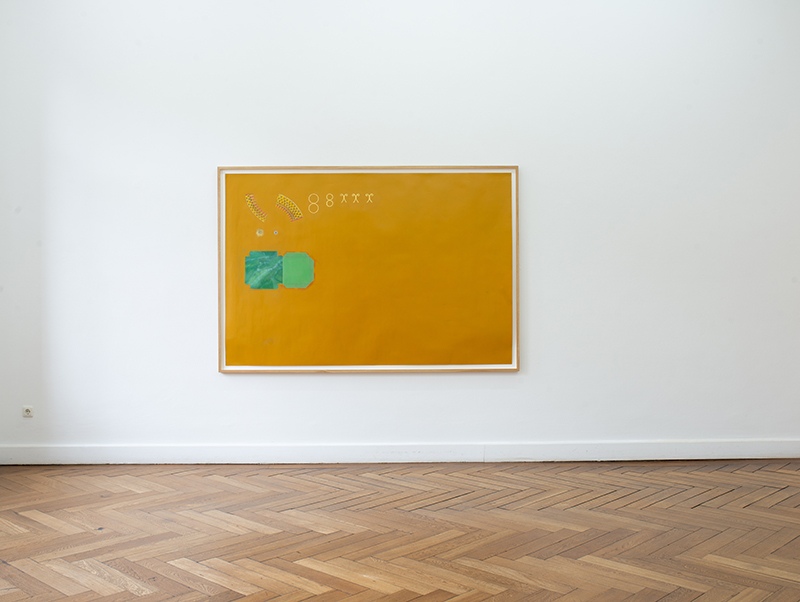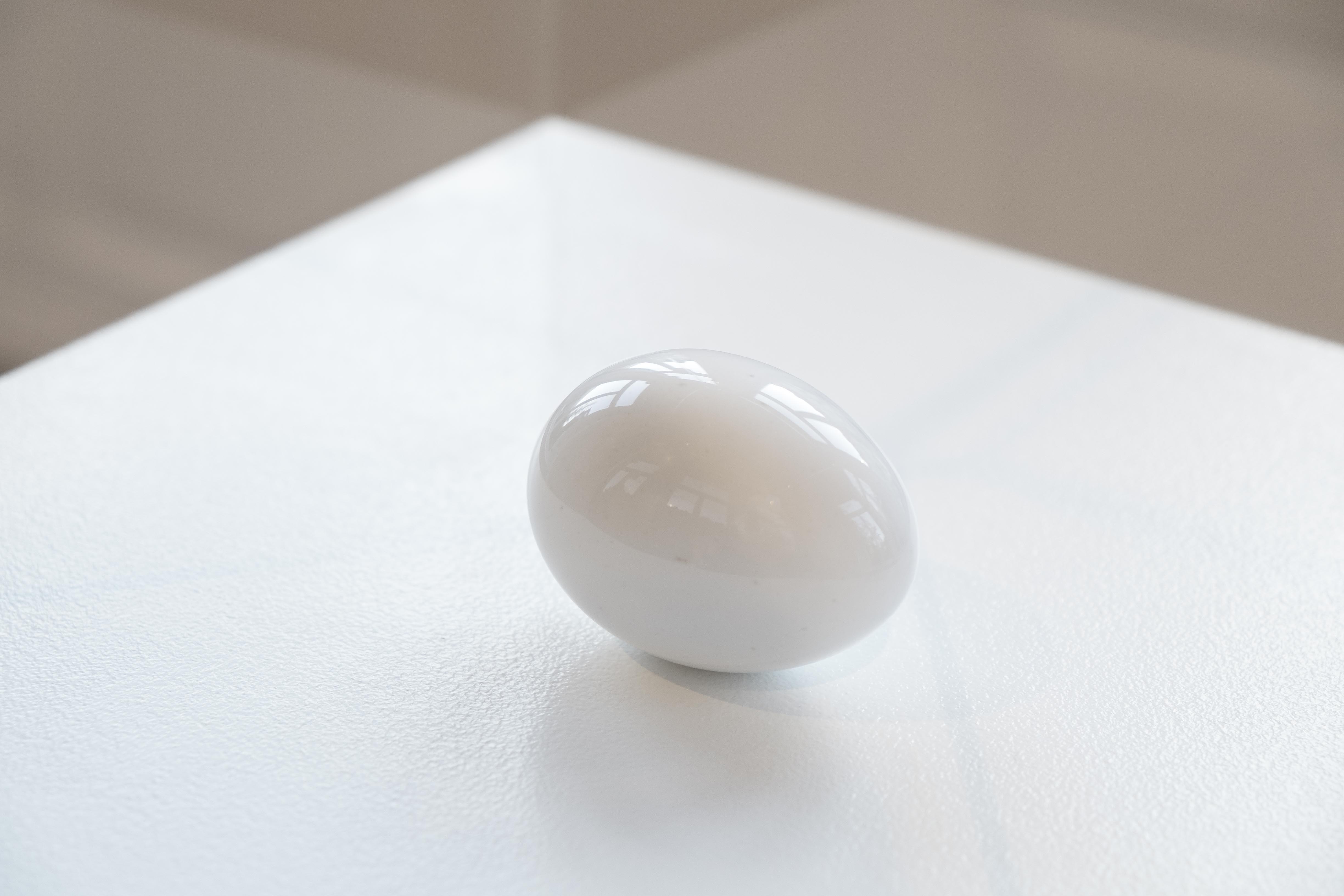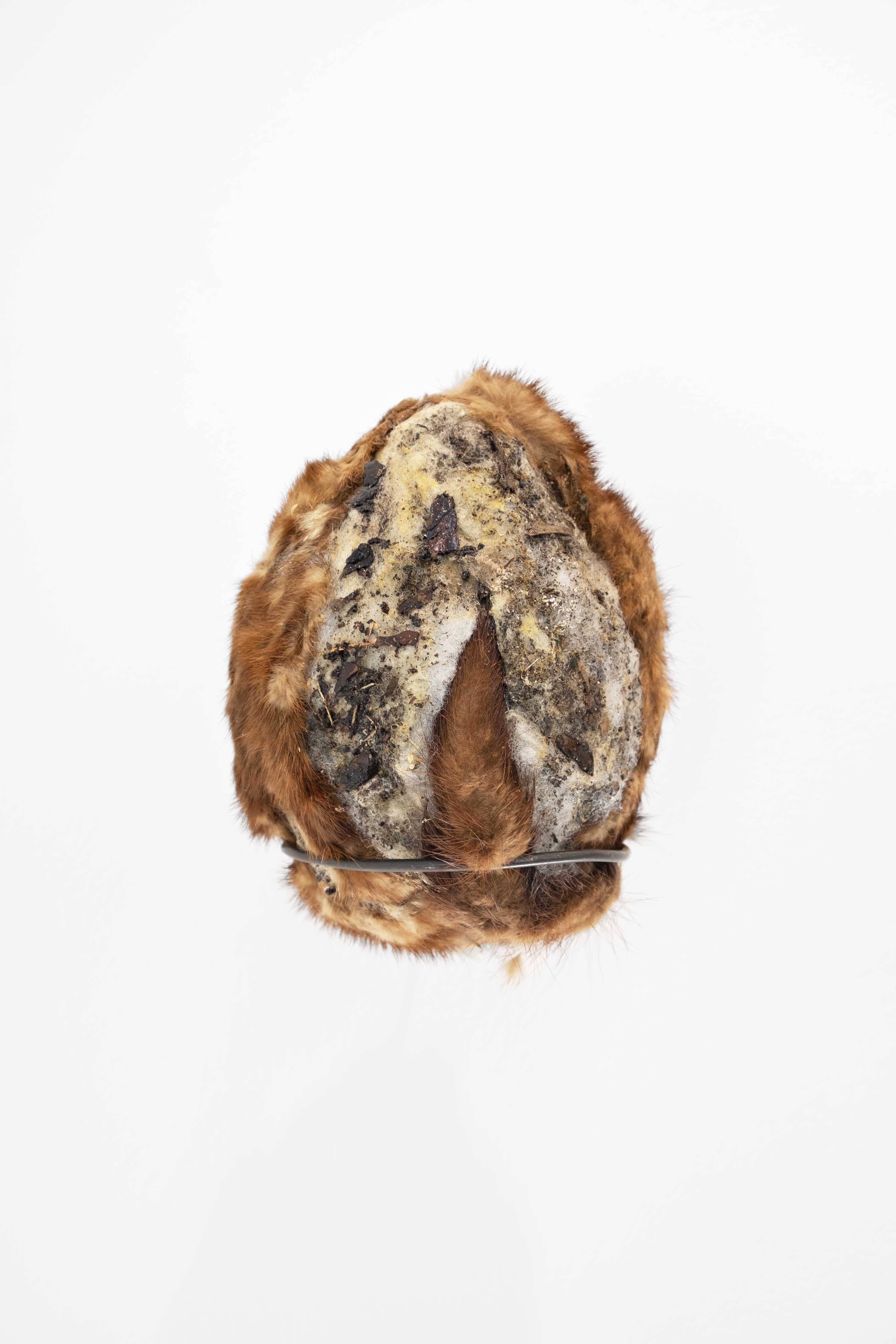What a surprise it was when it became known that the tsar’s jeweler, Peter Carl Fabergé (1846-1920), had paused for some time in the world cultural city of Wiesbaden on his flight as a result of the October Revolution, undetected and withdrawn. In homage to the jeweler, who achieved world fame especially with his imperial Easter eggs, the egg is illuminated as a central motif of contemporary art in the international group exhibition at the Nassauischer Kunstverein.
"Everything is eggs. The world is an egg. The world is born from the big egg yolk, the sun." With these words, the Belgian artist Marcel Broodthaers describes the universal power of the small and highly complex structure of nature. The egg is the symbol of the perfect unity of minimalism, form and infinite creativity.
The seemingly simple form of a self-contained system offers the developing being a nourishing and protective space for a limited period of time. The egg is of ascetic beauty and has an incredible, wonderful content: life. The egg has therefore always played a special role in the world's cultures. As world egg, it is the starting point for the entire history of creation, as the egg of Columbus it offers an amazingly simple solution to a seemingly unsolvable problem and since Plutarch, brooding over whether the egg or the hen was first has been one of our fundamental philosophical questions.
The egg is particularly prominent at Easter. Originally for practical reasons, during Lent the eggs were boiled for preservation and colored to distinguish them from the unboiled eggs. This resulted in real art forms, in which the oval shape became a scope for a variety of surprises.
In 1885, the jeweler Peter Carl Fabergé designed a very special Easter gift for the tsar's wife: a hinged egg made of white enamel, in which, within a golden yolk, he placed a golden chicken with rubies. Not only the entire courtyard was thrilled. In the following years, around fifty Imperial ceremonial eggs were created in the Fabergé workshop, along with numerous other eggs of immeasurable value for noble or upper-class clients. The takeover of power by the Russian Communist Bolsheviks forced Fabergé to flee from Russia - from St. Petersburg via Riga in spring 1918 he found himself in the "World Cultural City of Wiesbaden" for a short while.
In the international group exhibition about the egg in contemporary art, no two eggs are eggsactly the same. The works of Julius von Bismarck, Björn Braun, Marcel Broodthaers, Natalie Djuberg & Hans Berg, Peter Carl Fabergé, Siri Hagberg, Agata Ingarden, Ben Patterson, Kirsten Pieroth, Katarzyna Przezwańska, Josefine Reisch, Karin Sander, Pedro Wirz and He Xiangyu retrieve some surprise (eggs).

